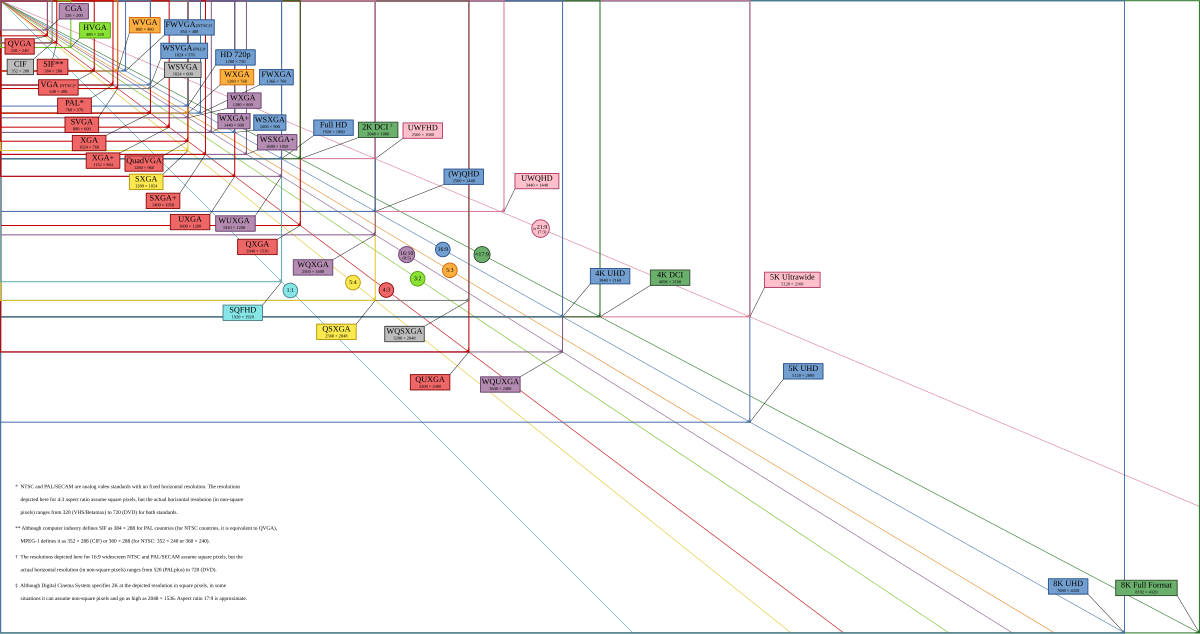
Introduction
A resolution is more than a New Year’s promise or a fleeting wish it’s an actionable intention to change behavior, build a skill, or realign priorities. But while resolutions are popular, many dissolve within weeks. This article combines clear explanations from behavioral science with practical, experienced-based techniques so you can design resolutions that fit your life and actually work. You’ll learn the difference between vague hopes and concrete resolutions, spot the common traps that derail progress, and get a compact toolkit for planning, measuring, and refining your goals. Each section offers concise, usable steps you can apply immediately, whether your aim is healthier habits, career momentum, or better relationships. Read on to turn intention into momentum and small wins into lasting change.
What is a resolution?
A resolution is a conscious commitment to take a specific action or adopt a new habit that moves you toward a valued outcome. Unlike a vague desire such as “get healthier” or “be happier,” a useful resolution defines the who, what, when, and why: who will act, what exactly they will do, when and how often, and why it matters. This clarity matters because the brain responds better to precise cues and repeated actions than to abstract wishes. Resolutions can be outcome-focused (lose 10 pounds) or process-focused (walk 30 minutes five times a week). Process-focused resolutions tend to produce steadier progress because they emphasize controllable behaviors rather than uncertain results. Framing a resolution with context time of day, environmental cues, and immediate rewards turns intention into an executable plan. When you treat a resolution like a small experiment hypothesis, action, measurement you cultivate both accountability and the feedback loops necessary for lasting change.
Why resolutions fail common pitfalls
Despite good intentions, resolutions commonly fail for predictable reasons: they’re too broad, rely on willpower alone, or demand an unrealistic leap from current habits. Vague goals make it hard to know what to do next; overreliance on motivation ignores that motivation fluctuates; and massive goals without intermediate milestones create discouragement. Environmental friction living situations, social pressures, and routines also undermines change: if your environment cues the old behavior, intention alone rarely wins. Another frequent mistake is neglecting systems and support: people often skip planning for setbacks, tracking progress, or recruiting accountability partners. Emotional factors play a role too shame, perfectionism, or all-or-nothing thinking cause dropouts after early slips. Recognizing these pitfalls is empowering: once you know why resolutions fall apart, you can design around those weaknesses by breaking goals into manageable steps, automating cues, and building redundancy into your support systems.
Research-backed strategies to make resolutions stick
Make resolutions stick by combining small, specific actions with habit design principles. Start with micro-goals: shrink the first step until it’s trivially doable (e.g., one minute of journaling instead of “write daily”). Use implementation intentions an “if-then” plan (If it’s 7:00 a.m., then I will walk for 15 minutes) to convert intention into cue-driven action. Leverage habit stacking by attaching a new behavior to an established routine (after brushing teeth, I’ll floss). Track progress visibly: short-term feedback increases dopamine and morale. Build accountability: tell a friend, join a group, or use a tracking app that gives reminders and streaks. Plan for setbacks with pre-decided responses (if I miss two workouts, I’ll shorten the next two rather than quit). Finally, optimize your environment reduce friction for desired actions and increase friction for unwanted ones (place workout clothes where you’ll see them; remove tempting snacks). These strategies are practical, low-cost, and supported by behavioral science; together they create resilient systems that outlast motivation.
Measuring and refining your resolutions over time
Measurement turns vague hopes into data-driven experiments. Decide on one or two clear metrics that reflect progress (minutes exercised, chapters written, number of meals cooked). Keep measurement simple and consistent; complexity kills follow-through. Review weekly to spot trends, celebrate wins, and identify barriers. Ask: Is the metric improving? If not, is the issue the metric itself, the action plan, or outside constraints? Use rapid, small adjustments rather than total overhauls tweak timing, reduce scope, or introduce a new cue. Periodic reflection monthly or quarter-base lets you reassess whether the resolution still aligns with your priorities; resolutions should be adaptable as life shifts. Importantly, treat data as information, not judgment: slips are signals to iterate, not reasons to quit. Over months, small, steady gains compound; consistent measurement plus adaptive refinements is the engine that converts short-term effort into long-term change.
Conclusion
Resolutions work when they move from wishful thinking to practical systems: clearly defined actions, environmental design, simple tracking, and compassionate iteration. Instead of relying on willpower or grand gestures, focus on small, measurable steps you can repeat. Accept setbacks as data for improvement, and build accountability and cues into your daily life. With modest, science-informed tweaks implementation intentions, habit stacking, and regular reflection you can transform fleeting resolutions into sustainable habits that align with your values. Start small today, measure consistently, and let incremental progress compound into meaningful change.
FAQs
Q: How long should I work on a resolution before deciding it’s not for me?
A: Give a resolution at least 4–8 weeks of consistent, measurable effort with small iterations before deciding; meaningful habit formation takes time and data.
Q: Should I set outcome goals or process goals?
A: Prioritize process goals (the behaviors you control). Outcome goals are motivating, but process goals reliably produce progress and reduce frustration.
Q: How many resolutions are too many?
A: Limit yourself to one or two high-priority resolutions at a time to focus energy and avoid overload; support others as lower-priority experiments.
Q: What if I relapse should I restart or move on?
A: Treat a relapse as feedback. Restart quickly with a smaller, more doable first step and adjust your plan; momentum rebuilds faster than you think.
Leave a Reply